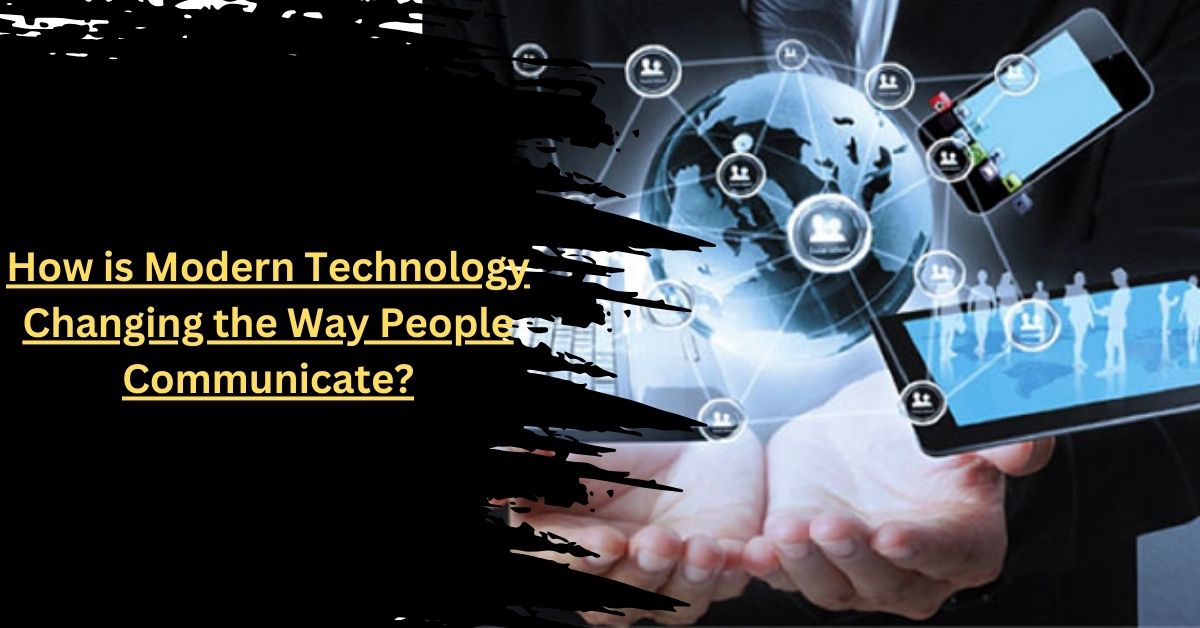How is Modern Technology Changing the Way People Communicate?
In today’s connected world, ai for telecommunications is just one example of how modern technology radically alters one’s communication landscape.
How one connects with others has evolved from social interactions to business dealings. Here’s a closer look at how technology continues to reshape one’s communication methods.
1. Instant Connectivity Anywhere
One of the most significant changes brought by technology is the ability to communicate instantly, regardless of geographic barriers. Mobile devices and social media platforms allow people to send messages, share photos, and update their status in real-time.
This instant connectivity keeps people closer to their friends and family and ensures that they can stay in touch with colleagues and clients easily.
In addition to personal communication, instant connectivity is crucial for modern businesses. Teams can collaborate seamlessly with tools that provide real-time updates and shared workspaces. This helps projects move forward more efficiently and allows for immediate feedback, essential in today’s fast-paced business environment.
2. Enhanced Visual Communication
Technological advancements have also revolutionized visual communication. High-definition video calls and conferencing have become commonplace, making conveying nuances lost in text-based communication easier. This visual connection is vital for personal interactions and professional contexts where body language and facial expressions play a crucial role.
Technologies like augmented reality (AR) and virtual reality (VR) are beginning to influence how one interacts. These tools can create immersive experiences that simulate physical presence, making remote education, virtual tourism, and online shopping more engaging and interactive.
3. The Rise of Digital Etiquette
As communication shifts online, digital etiquette has become increasingly important. Understanding the appropriate ways to interact in different digital mediums is crucial. For example, the tone and formality used in an email might differ significantly from that in a text message or on social media.
Businesses, too, must adapt to these norms. Companies are now more conscious of how they communicate with customers online, ensuring that messages are both professional and aligned with the brand’s voice. This awareness helps maintain the quality and effectiveness of communication.
4. Data-Driven Communication
Technology enables the collecting and analysis of vast amounts of data, which can profoundly impact communication strategies. By understanding patterns in customer interactions, businesses can tailor their communication methods and content to meet their audience’s needs better.
This data-driven approach is not limited to marketing. It also enhances customer service by providing representatives with detailed customer histories and preferences, allowing for more personalized and effective interactions.
Sand Technologies states, “Working with our data scientists and powerful telecom AI frameworks, telecommunications companies quickly analyze customer, competitive and cost information to identify growth opportunities and refine their approach for maximum ROI before ever going to market.”
5. Security and Privacy Concerns
While technology has made communication more accessible, it has also raised significant security and privacy concerns. Ensuring that conversations and data remain private is a top priority for individuals and organizations. Encryption and secure communication platforms have become more prevalent as users seek to protect their information from unauthorized access.
Businesses, in particular, must be vigilant about protecting sensitive information while maintaining the ease of communication technology provides. This balance is critical for maintaining trust and ensuring that the benefits of technology do not come at the cost of security.
Modern technology continues to change how one communicates, offering new opportunities and challenges. By embracing these changes and adapting to new tools and norms, one can enhance their ability to connect with others, whether they’re across the room or around the world.






